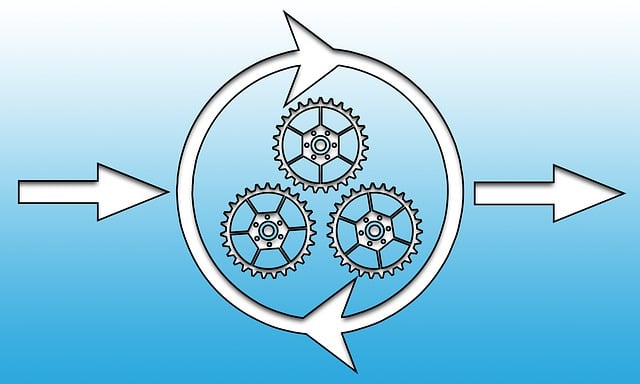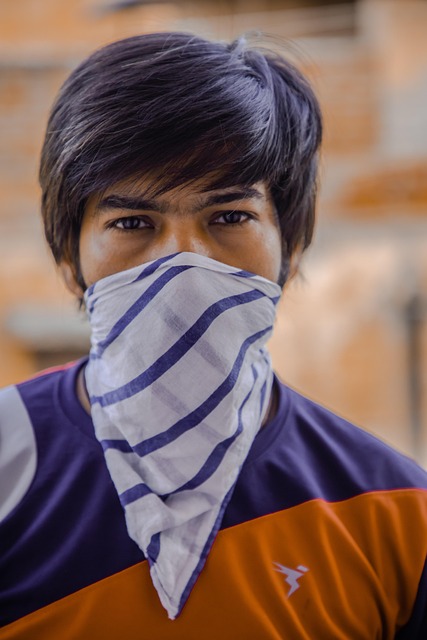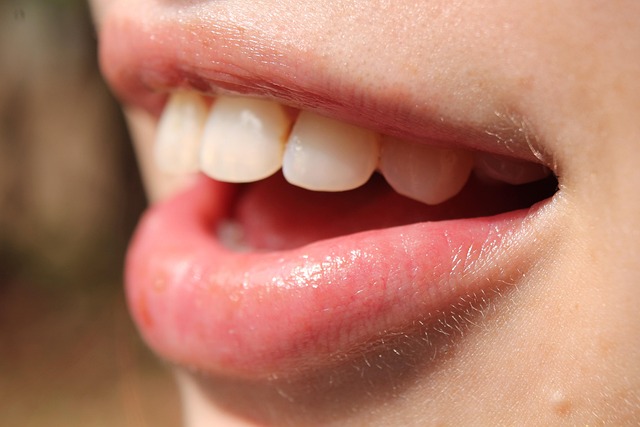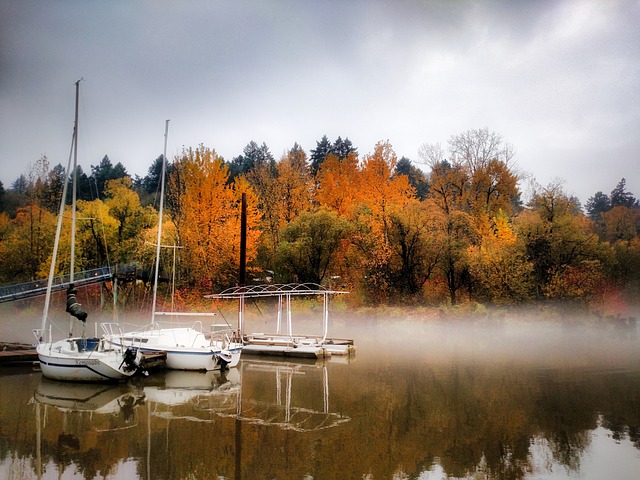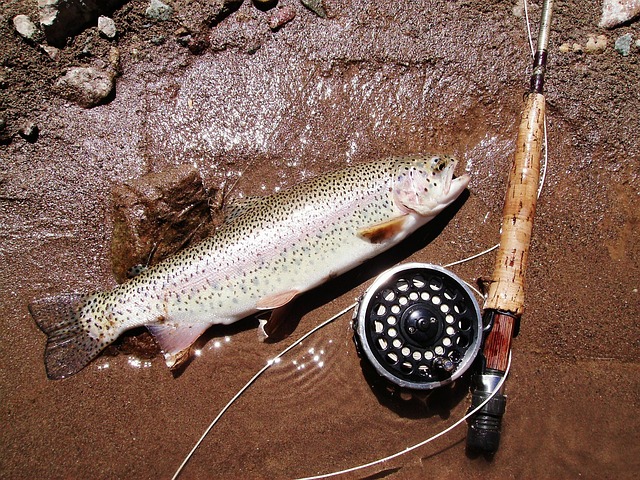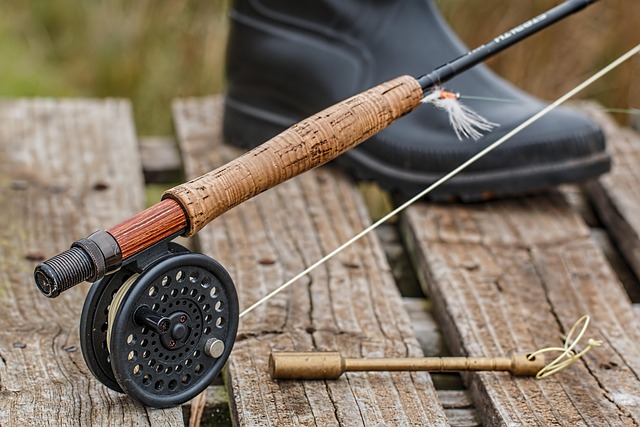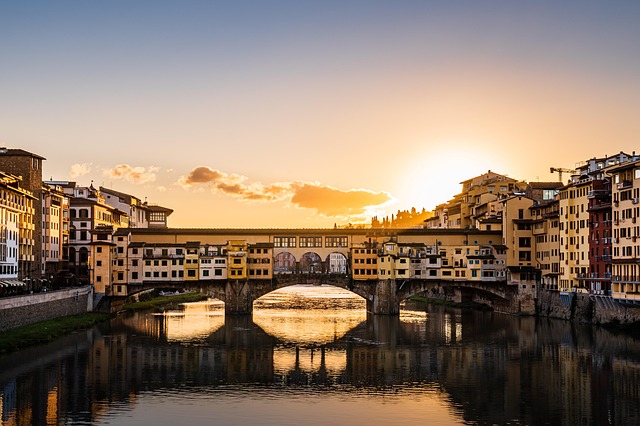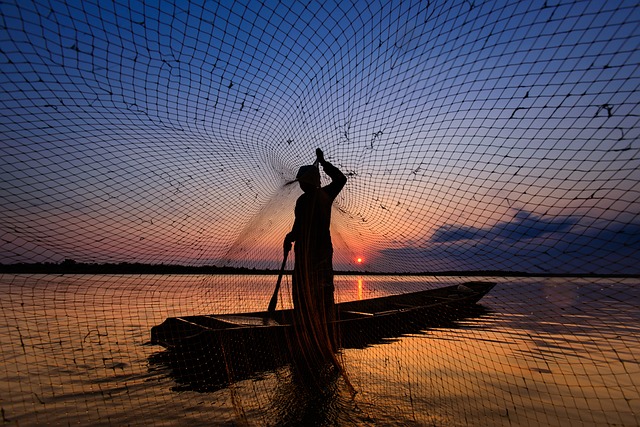The Upper Willamette River in Oregon is a diverse angling destination with strict Upper Willamette fishing regulations enforced by ODFW to protect its rich ecosystem. These rules include licensing, season closures, and size limits for various fish species like salmon, trout, bass, and frogs. Anglers must stay informed about no-fishing zones and follow responsible practices to ensure the river's sustainability and maintain a balanced habitat for all inhabitants.
“Uncover the secrets of the Upper Willamette River, a haven for anglers seeking diverse fish species. Our comprehensive guide navigates the intricate world of Upper Willamette fishing regulations, providing an essential foundation for responsible angling. From understanding seasonal trends to discovering hidden gems along the river, this article equips you with the knowledge needed for a successful and sustainable fishing experience. Dive into the rich tapestry of the Upper Willamette River and explore its vibrant fish species while adhering to crucial regulations.”
- Understanding Upper Willamette Fishing Regulations: A Comprehensive Guide
- The Diverse Fish Species of the Upper Willamette River
- Seasonal Fishing Trends and Tips for Success
- Exploring Popular Fishing Spots along the River
- Conservation Efforts and Best Practices for Responsible Angling
Understanding Upper Willamette Fishing Regulations: A Comprehensive Guide
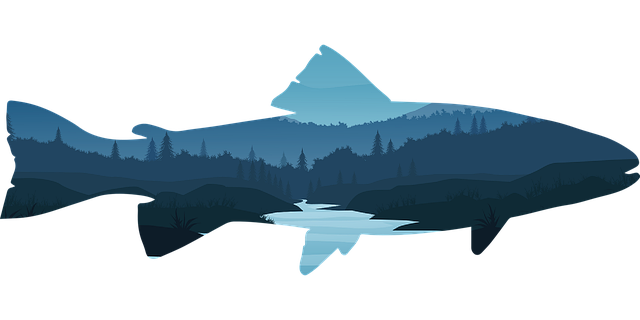
Fishing enthusiasts looking to explore the rich waters of the Upper Willamette River need to familiarize themselves with the area’s specific fishing regulations. These rules are in place to preserve the health and sustainability of the local ecosystem, ensuring a vibrant future for anglers and the river’s inhabitants alike. The Oregon Department of Fish and Wildlife (ODFW) oversees these regulations, which cover everything from licensing requirements to season closures and size limits.
Understanding these regulations is crucial for responsible fishing practices. Anglers must obtain valid licenses, adhere to specified seasons, and respect size restrictions on various fish species. For instance, the ODFW implements size limits for trout and salmon to protect mature fish, ensuring a steady population for future generations. Additionally, certain areas may be designated as no-fishing zones, protecting sensitive habitats or serving as safe havens for fish during critical life stages. By respecting these guidelines, anglers contribute to the preservation of this precious natural resource for all to enjoy.
The Diverse Fish Species of the Upper Willamette River
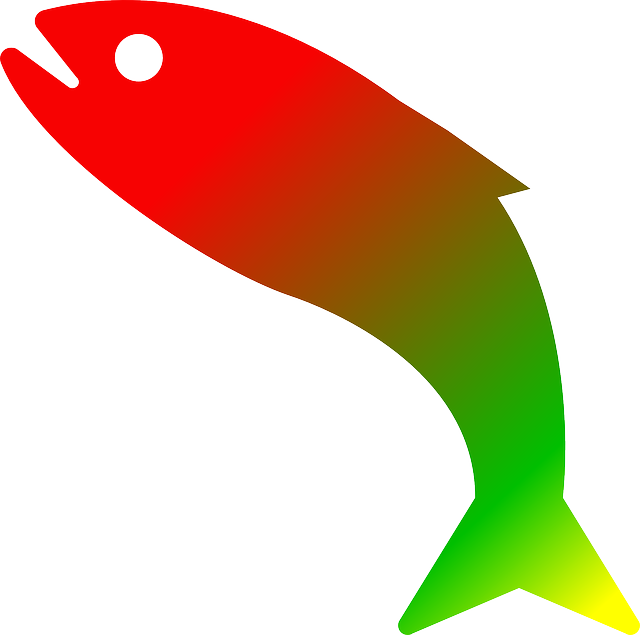
The Upper Willamette River, a pristine and picturesque waterway in Oregon, is renowned for its abundant fish life, attracting anglers from near and far. This section of the river boasts an impressive diversity of fish species, each contributing to the unique fishing experience it offers. From the iconic salmonids—including Chinook, Coho, and steelhead trout—to the elusive smallmouth bass and the popular rainbow trout, the Upper Willamette has something for every type of angler.
Anglers can also target other species like walleye, bluegill, and even rare finds such as bull frogs and carp. The river’s diverse habitat, characterized by deep pools, rapid currents, and scenic riffles, creates ideal conditions for these varied fish populations. Understanding the Upper Willamette fishing regulations is essential for visitors, ensuring a sustainable and enjoyable experience while respecting the river’s natural balance.
Seasonal Fishing Trends and Tips for Success
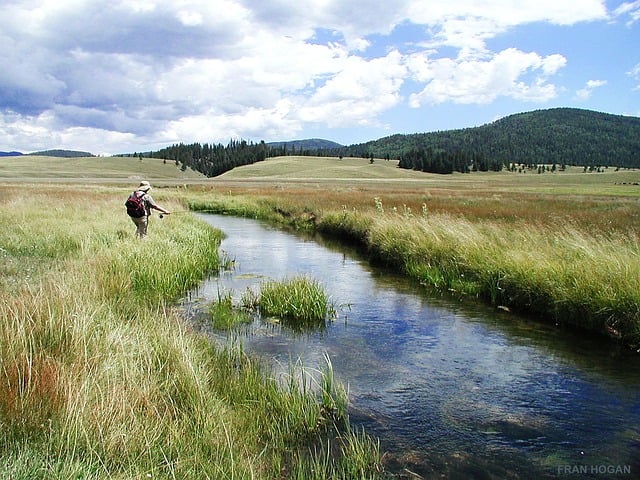
The Upper Willamette River, a scenic gem in Oregon, offers anglers an ever-changing landscape and diverse fish species, making it a haven for fishing enthusiasts. Seasonal trends play a significant role in determining the best times to visit this river. Spring is known for its excellent trout fishing as the water warms up, with rainbows and cutthroats becoming more active. Anglers can try their luck near riffles and pools created by spring runoff. During summer, the river’s current slows down, providing ideal conditions for fly-fishing. However, it’s essential to be mindful of Upper Willamette fishing regulations regarding size limits and catch-and-release policies to ensure the sustainability of these precious resources.
As autumn approaches, the river transforms again, attracting anglers targeting salmon runs. The upper reaches become prime territory for Chinook and Coho salmon, offering exciting opportunities for a memorable catch. Adjusting your bait and techniques accordingly is key; try using jigs or spoons to mimic injured baitfish, as this often triggers a striking response from hungry salmon. Keep in mind that local fishing reports can provide valuable insights into the latest trends and conditions, helping you make the most of your time on the Upper Willamette River.
Exploring Popular Fishing Spots along the River
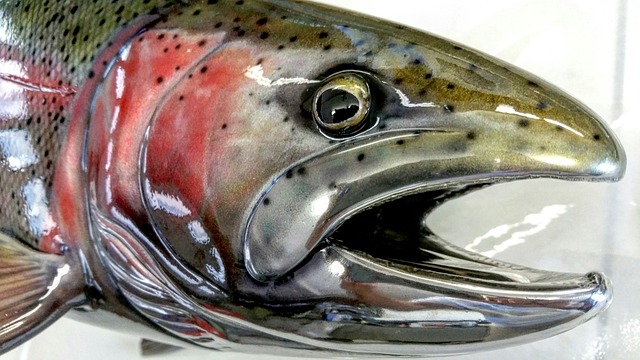
The Upper Willamette River, a 160-mile stretch of pristine waters, is a haven for anglers seeking both challenge and tranquility. To fully appreciate its fishing potential, one must explore its diverse ecosystems, from tranquil pools to rapid currents. Anglers can find their ideal spots by considering the various habitats that line the river’s banks—from dense forests to open meadows. Each area offers unique opportunities to catch native species such as trout, salmon, and bass, making it a haven for both seasoned fishermen and beginners.
Understanding the Upper Willamette fishing regulations is crucial before heading out. The Oregon Department of Fish and Wildlife enforces rules designed to preserve the river’s biodiversity and ensure sustainable fishing practices. These regulations cover seasonality, size limits, and catch limits, providing a framework for anglers to responsibly enjoy this natural treasure.
Conservation Efforts and Best Practices for Responsible Angling
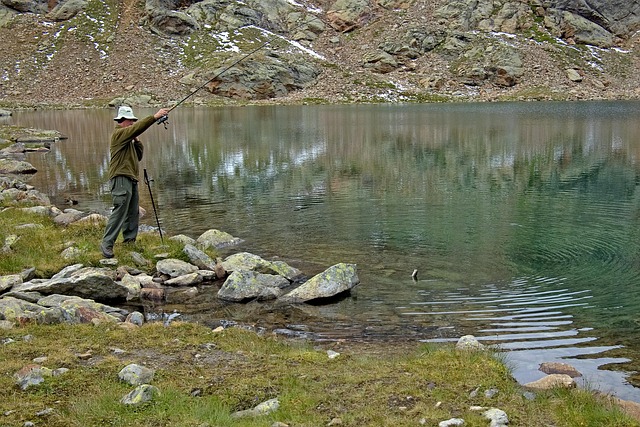
The Upper Willamette River, a vital ecosystem and prime fishing destination, has benefited from significant conservation efforts to preserve its rich biodiversity. These initiatives include habitat restoration projects aimed at enhancing water quality and creating diverse habitats for fish and other wildlife. Local organizations and fisheries departments work collaboratively to implement strict Upper Willamette fishing regulations that protect vulnerable species and maintain the river’s ecological balance.
Responsible angling practices are crucial to sustaining these efforts. Anglers are encouraged to follow best practices such as properly cleaning and inspecting their catch to prevent the spread of diseases, using sustainable bait sources, and practicing catch-and-release for sensitive species. Adhering to Upper Willamette fishing regulations ensures that future generations can enjoy the river’s abundant fishing opportunities while preserving its natural beauty and ecological health.

